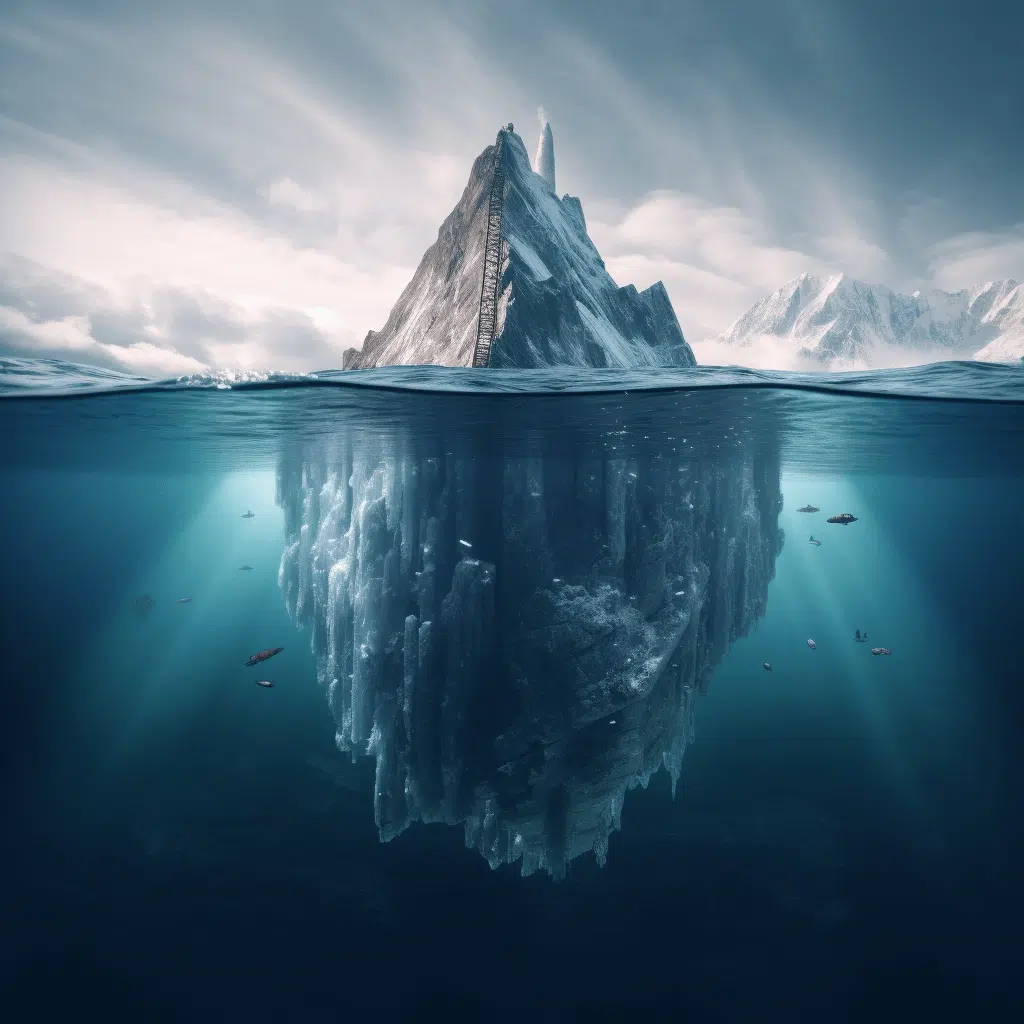Unit 6 Study Guide: Legislative Branch
In addition to the president, who or what are the other three parts that make up the Executive Branch? |
|
Is it more difficult to QUALIFY to serve as the President or as a U.S. Senator? Explain your answer using at least THREE pieces of evidence. |
It’s more difficult to qualify to serve as: PRESIDENT |
Reason 1: Must be older |
Reason 2: Must have lived in America for at least 14 years |
Reason 3: Must be a natural-born citizen |
How long is the term served by a president? If the most recent presidential election was in 2020, in which presidential election year will YOU first be eligible to vote? | |
|
Why is the 22nd Amendment important? What might happen if it wasn’t part of the Constitution? | |
The 22nd Amendment is important because it prevents tyranny by not letting one person be in power for too long |
List FOUR powers of the Executive. Highlight the one that you think is the most important power. |
|
What is the Federal Bureaucracy, AND in what way might it be a bit like the iceberg pictured below? | ||
The Federal Bureaucracy is: Group of agencies that carries out policies daily. |  On the surface, the White House seems to be led by one person (the President). However, many employees and agencies work behind the scenes to carry out policies every day. | |
What are SIX ways that the President influences public policy? Decide which one you think would be the most effective, and highlight it GREEN. Find the one you think is the least effective, and highlight it RED. |
Roles of the President
Chief Executive: Head of the Executive Branch.
Chief of State: Symbolic head of the government (e.g., hosts Easter Egg Hunt).
Chief Legislator: Signs and vetoes laws, suggests new laws, discusses with lawmakers.
Commander-in-Chief: Head of the Armed Forces (e.g., deploys troops, in charge of nuclear codes).
Chief Diplomat: Leader of foreign policy.
Chief of Party: Leader of the political party that controls the Executive Branch (Democrat/Republican).
Chief Citizen: Representative of all people and role model.
 Knowt
Knowt
